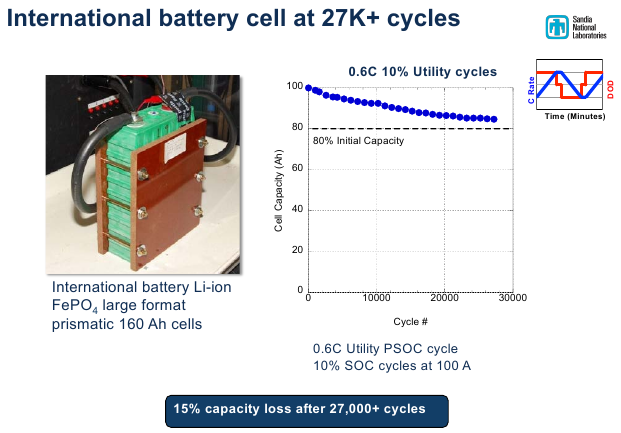Please keep the personal invective to a minimum and concentrate on the facts (or what you consider them to be) if this thread is to remain open.
This applies to all of you.
I would hate to see it close, because useful information is being exchanged in between the personal attacks.


Leave a comment: